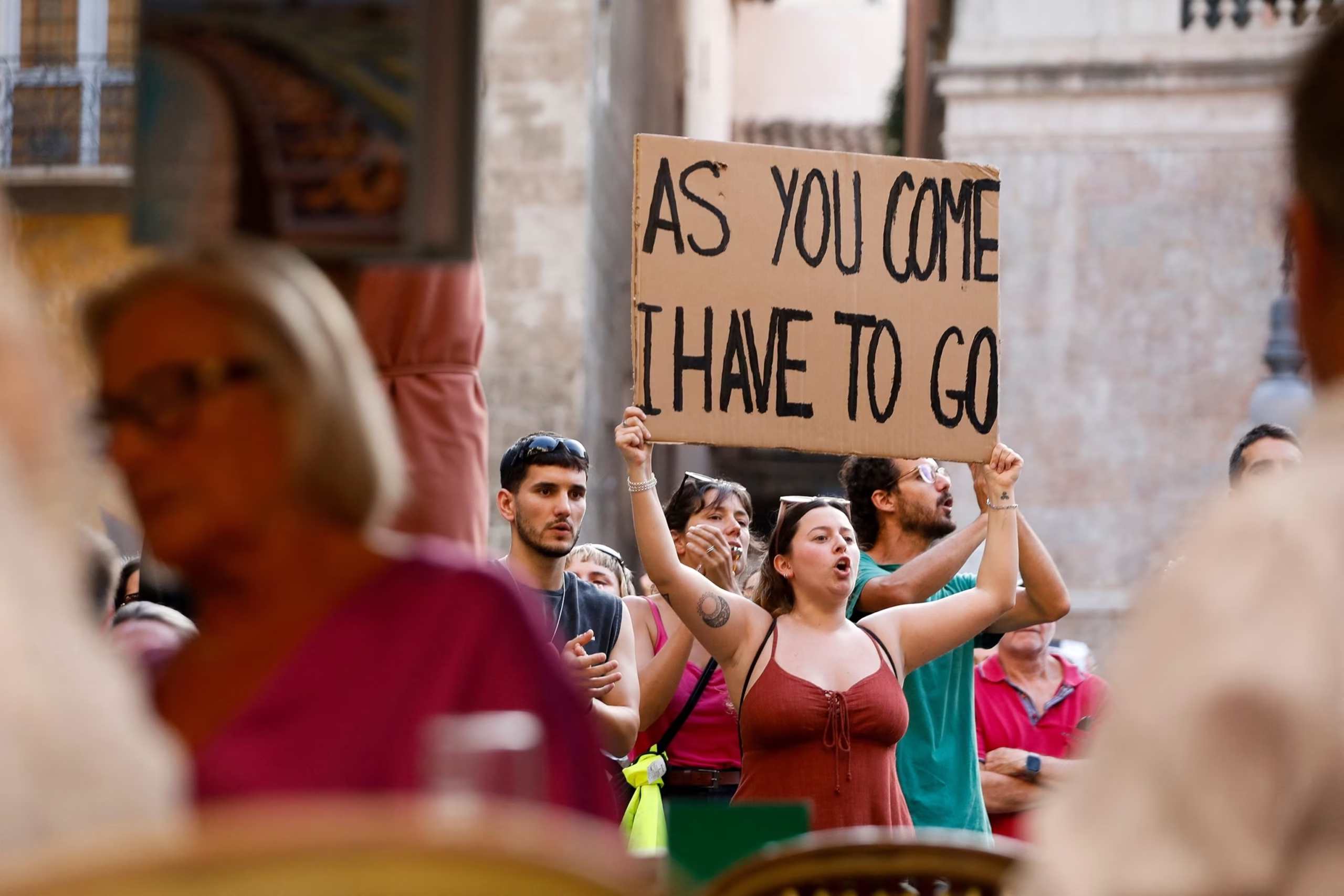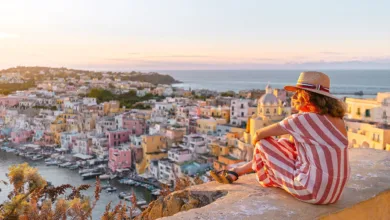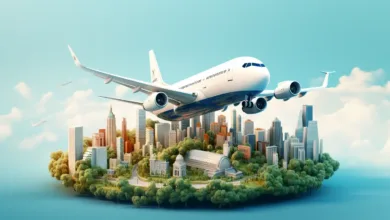Germany’s Tourism Boom: How the Country Became Europe’s Top Destination Amid Rising Anti-Tourism Protests

Germany has quietly emerged as Europe’s fastest-growing and highest-spending tourism destination, surpassing traditional powerhouses like Spain, Italy, and Greece. While this surge brings economic growth and international recognition, it also sparks an unexpected challenge: growing resentment among residents who feel the pressures of over-tourism.
In this article, we explore why Germany’s popularity has skyrocketed, how it’s affecting communities, and what it means for the future of European travel.
Why Germany Is Europe’s New Tourism Powerhouse
Beyond Castles and Christmas Markets
Historically, Germany was known for niche tourism—castle tours, Oktoberfest, and Christmas markets. But recent years have seen a transformation fueled by:
- Aggressive marketing campaigns positioning Germany as a year-round destination
- Improved infrastructure and accessibility across cities and rural regions
- A booming cultural scene with art festivals, concerts, and food events
- Strong reputation for safety and quality services
Record-Breaking Numbers
According to recent travel industry reports, Germany now tops Europe in terms of tourism spending and visitor growth. Hotels are reporting occupancy rates nearing capacity in major cities like Berlin, Munich, and Hamburg, as well as in smaller destinations like the Romantic Road and the Bavarian Alps.
The Downside: Over-Tourism and Local Backlash
Crowded Streets and Rising Costs
The rapid increase in visitors has led to noticeable strain:
- Congestion in city centers and historical sites
- Rising rents and living costs for local residents
- Increased pressure on public transport and local resources
Anti-Tourism Protests
In cities like Berlin and Munich, small but vocal groups of residents have organized protests, calling for stricter regulations to control tourist numbers. Their concerns include noise, littering, and the loss of neighborhood identity.
These protests mirror similar movements in Barcelona, Venice, and Amsterdam, highlighting a Europe-wide challenge of balancing economic benefits with community wellbeing.
What Makes Germany Attractive to Modern Travelers
Sustainability and Green Travel
Germany has invested heavily in sustainable tourism, promoting eco-friendly hotels, carbon-neutral transportation, and green-certified attractions. This aligns with the preferences of younger travelers, who value environmental responsibility.
Diversity of Experiences
From urban art galleries to hiking trails in the Black Forest, Germany offers a mix of culture, history, and nature. The country also appeals to foodies, thanks to its modern culinary scene and emphasis on regional produce.
Advice for Travelers
Avoiding the Crowds
- Visit lesser-known regions like Saxony-Anhalt or the Harz Mountains
- Travel during shoulder seasons (April–June, September–October)
- Use public transportation instead of driving in city centers
Respect Local Communities
- Stay in locally owned accommodations
- Shop at neighborhood markets rather than large chains
- Learn a few basic German phrases to connect with locals
What Germany Is Doing to Respond
Managing Tourist Flow
Some cities are experimenting with:
- Visitor caps on popular sites during peak hours
- Promoting alternative attractions to spread visitor numbers
- Introducing tourist taxes to fund community projects
Focus on Quality Over Quantity
Germany’s tourism boards are shifting marketing strategies to attract visitors who stay longer and spend more, rather than maximizing total tourist numbers.
The Future of Tourism in Europe
Germany’s rise as Europe’s tourism leader reflects a broader trend: travelers are seeking destinations that combine culture, safety, and sustainability. But over-tourism is a growing risk that could undermine these advantages.
If Germany can balance growth with preservation, it may serve as a model for sustainable tourism worldwide.
Conclusion
Germany’s transformation into Europe’s top tourism destination showcases its cultural richness, modern infrastructure, and commitment to sustainability. However, as the number of visitors climbs, so does local frustration over crowding and rising costs.
For travelers, the message is clear: explore responsibly, respect local communities, and discover the hidden sides of Germany beyond the usual tourist hotspots. For policymakers and residents, the challenge is to protect what makes these destinations special while welcoming the world.
Tags: #GermanyTourism #SustainableTravel #OverTourism #EuropeTravel #TravelTrends2025




